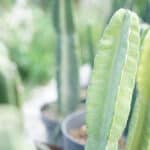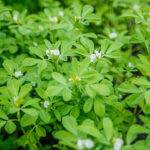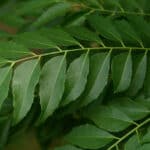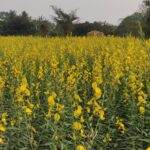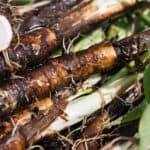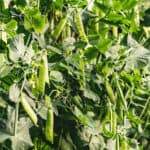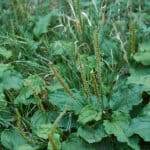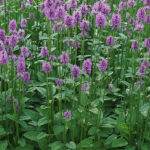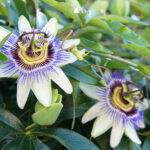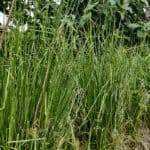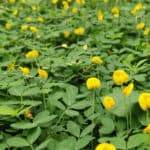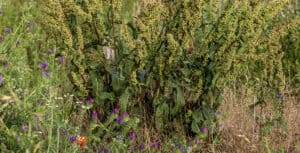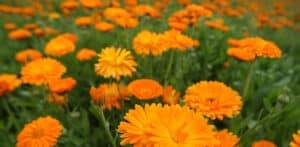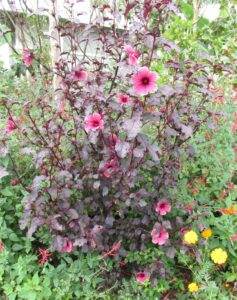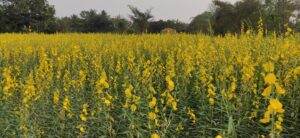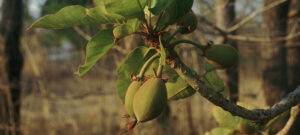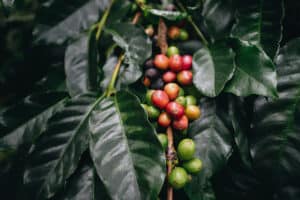A late summer afternoon, dusky orange and purple hues bouncing off the rocky hillsides. Shadows leaning like people, waiting for the sun to sleep. The humidity, and the solitary scent of lavender densely fills the air, allowing almost no space for other scents to be discovered… The flowers are swaying in synchronicity on their little pole-like stems, the sun sets, and a handful of lavender helps me to sleep again.
The name Lavandula is derived from Latin ‘lavare’ meaning ‘to wash”. If we trace lavender back 2500 years ago, it was used by the Egyptians as a perfume, in the mummification process, and no doubt many other uses. The Romans also used lavender for its fragrance, on their skin, hair, beds, clothes and more. They also discovered antiseptic and antibacterial qualities.
Lavenders are an intriguing genus of plants within the Lamiaceae (mint) family, and this family includes many other wonderful, useful, and medicinal plants like rosemary, oregano, mint, salvia, basil and more.
Lavender is native to the Mediterranean and Middle East, as well as North Africa, Cape Verde and the Canary Islands. With our help it has spread to many parts of the world such as Australia, Asia, the Americas, and other places where the climate is suitable. Lavender enjoys mild winters, and warm/hot, dry summers. Similar to other herbs of this environment it dislikes too much humidity or times of waterlogging. It is drought tolerant, and is found natively in dry, rocky soils and can be found alongside many other Mediterranean herbs like Thyme and Oregano.
Medicinal Qualities of Lavender
Lavender is another helpful herb that has been used for thousands of years. I’m sure we can agree how it was discovered, firstly for its fragrant scent. In aromatherapy, its relaxing benefits serve as a light sedative for those with insomnia or sleep troubles. Promising research has also been carried out with the use of lavender to supplement anxiety, depression, headaches or mood related issues. Lavender is antibacterial and can be useful for healing minor skin conditions, wounds, burns etc. This wonderful plant is also used in many other topical oils, creams, salves and lotions.
Planting Lavender
From my experience, newly planted lavender is easier to care for in the Spring and Autumn. This gives the plant a chance to establish before the extremes arrive. For those gardeners with less experience, it can be difficult to regulate the correct moisture for newly planted lavender in the summer, depending on your soil – too much heat mixed with too much moisture and they can rot, not enough moisture and they will dry out. On the other hand, a cold wet winter with newly planted lavenders is also a bad mix. With excess moisture and unfavorable soil temperatures for root development – this could result in a struggling plant with the possibility of root rot – best wait until spring if you have these extremes!
Ok, so it’s springtime! When planting in heavier soils, it is great to add a coarse compost to the area of the plantation to give the lavender some extra breathing space for those roots which actually prefer slightly drier conditions. Dig a hole 2-3 times the size of the pot and make sure to give those roots a bit of a tickle, and separate them if they look like they’re going in circles. Plant the lavender and water well, imagine you are watering deeper than the roots so they can chase the water down past the bottom of the hole you prepared! Apply some mulch to help retain the moisture. Monitor for the first weeks, if the soil feels like it has moisture, it’s probably enough. In warmer/drier spring weather, you may want to water a few times a week.
Propagating Lavender
To replicate a lavender true to type. Take a cutting from a non flowering, semi-ripe shoot (one month old new shoots) from a healthy plant. These shoots can develop in spring, summer and autumn, depending on the variety. Again, it will be easier to regulate moisture for these young cuttings in the seasons like Spring and Autumn. You can also take hardwood cuttings, but you may have less of these. With softwood cuttings you will have many more without changing the overall shape of the plant. Keep the cuttings moist in a warm and humid environment, if you don’t have a greenhouse, it can speed up the process to keep the pot inside a clear plastic bag to limit moisture loss and trap humidity.
Growth & Care
Lavender is generally pest free where I am in the south of Portugal, but hates prolonged periods of wet/humid weather, especially when young. In terms of soil it is not needy for nutrients and prefers a soil with good drainage, but lavender tolerates clay soils as long as they aren’t waterlogged. Lavender is a plant for full sun, only requiring supplemental irrigation throughout the hottest parts of the year. For climates with prolonged wetness and humidity, Lavandula stoechas and L. dentata are some of the more reliable varieties.
Pruning requirements of the lavenders can be slightly different depending on flowering times and climate. One general rule is – it is not advised to cut into the “old wood” or “hard wood” of these plants, they don’t really send out new growth from the old wood, so you may be left with a skeleton of a plant that once was.
Harvesting Lavender
The “truest” lavender for oil is Lavandula angustifolia. If you are harvesting for oil with the best fragrance and essential oil content, you will want to harvest early in the bloom cycle when the flowers are just starting to bloom. You’ll also want to pick them early in the day, just after the dew has dried, as the oil content will be higher.
If you’re picking for the cut flowers you won’t mind getting them a little later in their blooming cycle, and later in the day will also be totally fine.
Technically, all lavenders have a lovely fragrance. The most palatable varieties when it comes to sweetness, are the L. x intermedia and L. angustifolia. The others can have a higher camphor content, which makes them a little less sweet!
Processing & Utilizing Lavender
Lavender is such a useful plant, where the opportunities are seemingly endless. Some of the culinary uses include vinegar, syrups, jellies, baking and more.
The other uses around the home include candles, aromatic pillows, cleaning supplies, body creams, oils, lotions, salves and decorative uses. The best part of the deal is… While you’re using lavender for one thing, it will likely be giving you many secondary benefits!
Concluding
Lavender is just one of those favourite plants to brush my hand along as im walking for a quick dose of aromatherapy. If possibly, put it somewhere sunny and well draining where you will be passing each day. You’ll be thankful for the sweet scent as you pass by, and the bees will thank you also!













